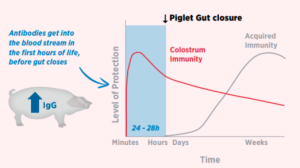
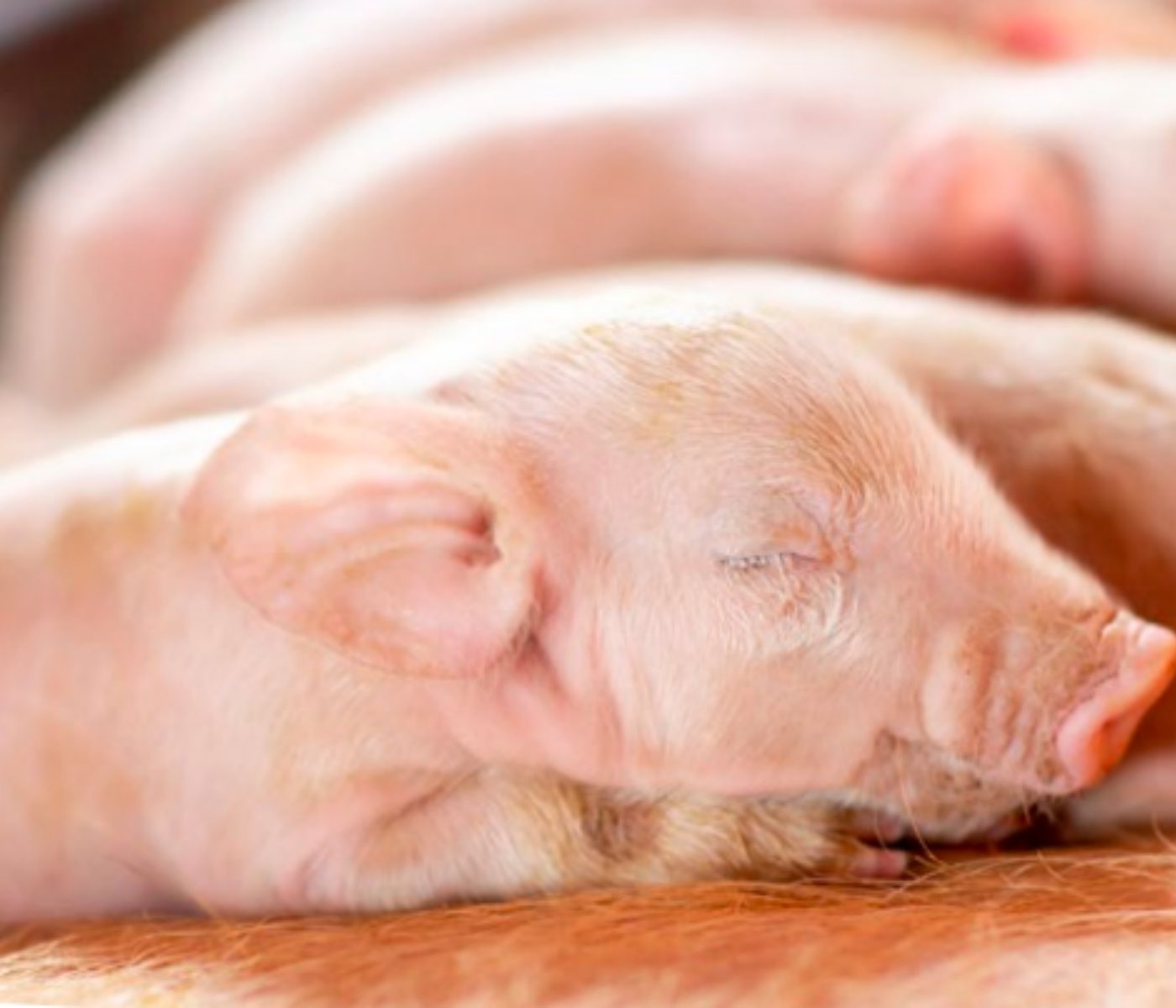 02 Dec 2023
02 Dec 2023
In a previous article, we focused on the concept of microbial maternal imprinting and how balancing the sow microbiota can benefit the piglet long-term performance. Another important aspect of maternal imprinting is the development of the piglet immune system, which is strongly influenced by the sow and its microbiota, from gestation to lactation.
Key role of colostrum
More than 70% of the body’s immune cells are located into the gut, which means there is a close connection between intestinal microbiota and the immune system. Most maternally transmitted bacteria show a strong correlation with the expression of intestinal functional genes, suggesting a significant involvement of maternally derived microbes in the maturation of intestinal functions. Therefore, the sow’s microbiota influences the piglet’s immune system development and, consequently, their growth and survival.
The immune system of piglets is functionally different from adult pigs. At birth and during early life, the piglets are highly dependent from the maternal passively derived  immunity for their survival. The transfer of immunity initially occurs through colostrum. Colostrum is rich in essential nutrients and maternally derived antigens and antibodies, which contribute to the development of the piglets’ mucosal immune system. Piglet survival – and also, later performance, even after weaning – are highly dependent on colostrum intake at birth as well as the quality and the available quantity of colostrum.
immunity for their survival. The transfer of immunity initially occurs through colostrum. Colostrum is rich in essential nutrients and maternally derived antigens and antibodies, which contribute to the development of the piglets’ mucosal immune system. Piglet survival – and also, later performance, even after weaning – are highly dependent on colostrum intake at birth as well as the quality and the available quantity of colostrum.
Antibodies are big proteins, and only get into the piglet’s blood stream in the first hours of life before the gut closure. It is a very short window where immunoglobulins from the mother, through colostrum, including immunoglobulin G (IgG) can be absorbed (Figure 1).

Figure 1: Piglet gut closure and colostrum immunity along the time
During this short window of time, everything which can help increase the colostrum immunoglobulin concentration helps reinforce piglet immunity.
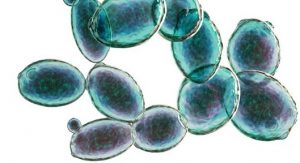 In this context, the probiotic yeast Saccharomyces cerevisiae boulardii CNCM-I-1079 (LEVUCELL SB) included into the sows’ diet, has shown positive results on the IgG colostrum concentration (measured through the Brix index, with a refractometer) by helping increase the colostrum immunological quality (Bravo de Laguna et al., 2022) (Figure 2).
In this context, the probiotic yeast Saccharomyces cerevisiae boulardii CNCM-I-1079 (LEVUCELL SB) included into the sows’ diet, has shown positive results on the IgG colostrum concentration (measured through the Brix index, with a refractometer) by helping increase the colostrum immunological quality (Bravo de Laguna et al., 2022) (Figure 2).
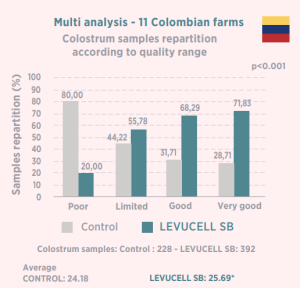
Figure 2: Influence of S.c. boulardii CNCM I-1079 on colostrum quality. Multianalysis – 11 farms in Colombia. Bravo de Laguna et al., 2022.
Immunity conferred by milk
In the continuity of maternally transmitted immunity through colostrum right after birth, the maternal milk is then the primary contributor of the microbiota and the transfer of immunity to the piglets. The contribution of milk microbes on the piglets’ large intestine microbiota is around 20% on day 3 of age. As well as the relation between colostrum and immunity, the relation between maternal milk and piglet immunity has also been widely documented. Recent studies have shown that animals raised on artificial milk formula rather than maternal milk have a higher susceptibility to disease, also linked to a reduced intestinal microbiota diversity.
Immune response modulation
Within the large population of microbes, some are commensal — which means that they play an important role in host defense and immune development, while others are potential pathogens. The gut mucosal immune system has to distinguish between microbial and dietary antigens, but also between commensal and potentially pathogenic bacteria.
In this complex system, cytokines and chemokines are making connections between the different organs to coordinate the immune response. They are biomarker peptides critical for humoral and cell mediated immunity. Their expression may vary with factors like weaning, vaccines, or probiotic supplementation.
For instance, a study conducted by Bravo de Laguna et al., in 2022, investigated the cytokine gene expression profile in the lung of piglets when the sows were supplemented with Saccharomyces cerevisiae boulardii CNCM I-1079 (LEVUCELL SB) in a context where piglets were vaccinated against Actinobacillus pleuropneumoniae (APP).
Cytokine gene expression in piglet lungs depended on sow treatment (Figure 3).
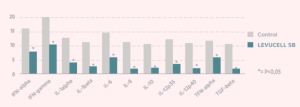
Figure 3: Influence of S.c. boulardii CNCM I-1079 supplementation to sows on the
inflammatory biomarkers gene expression of their piglets. Bravo de Laguna et al., 2022
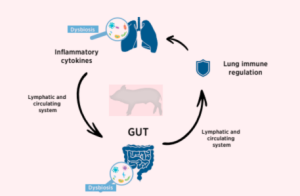
Figure 4: Gut-lung axis: bi-directional relationship between the gut microbiota and the lung microbiota
The lower expression of cytokines in the lungs of the piglets born and nursed from supplemented sows suggests a reduced inflammatory reaction compared to the piglets from non-supplemented sows. This reduced inflammation can be attributed to the sow diet because an infection with APP normally increases the lung concentration of IL-1β, IL- 6, IL-8 and IFN- γ in piglets. A lower response suggests that the level of challenge for those piglets was lower.
Feeding the probiotic yeast to sows helped their piglets keep a basal inflammatory status in the lung against vaccination after APP. It also helped improve performance, suggesting a maternal imprinting effect.
Raising quality piglets
Pork industries worldwide face loss of profit due to high piglet mortality during the lactation period, which can account for 10 to 20% of all liveborn piglets.
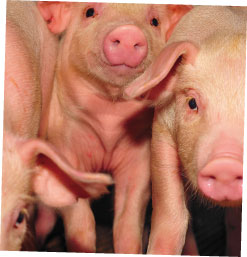
Several factors influence piglet viability, including piglet vitality, with various possible outcomes. In addition to staying alive, piglets must have an efficient immune system to face viruses and bacterial challenges and a balanced and resilient gut microbiota which contributes to optimal health. An important part of these criteria is influenced by the mother.
The piglet’s microbiota establishment in early life and immune system maturation follow a programmed sequence in which the sow plays a major role. Several factors are involved including maternally derived antigens and antibodies, maternal environment, host genotype, diet, and gut microbiome. It offers opportunities and strategies for improvement to ensure optimal microbial colonization and efficient immune system activities to maximize sow and piglet health and performance.
By positively affecting the gut microbiota from the sow to her piglets and driving their immune system to a more mature one, probiotics, such as, Saccharomyces cerevisiae boulardii CNCM-I-1079 (LEVUCELL SB) , are interesting tools to support piglet quality and reduce antibiotic use.
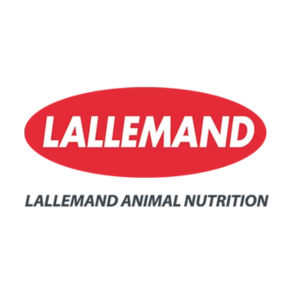
References available upon request
Subscribe now to the technical magazine of animal nutrition
AUTHORS

Nutritional Interventions to Improve Fertility in Male Broiler Breeders
Edgar Oviedo
The Use of Organic Acids in Poultry: A Natural Path to Health and Productivity
M. Naeem
Synergistic Benefits of Prebiotics and Probiotics in Poultry, Swine, and Cattle
Gustavo Adolfo Quintana-Ospina
Hybrid Rye Potential in Laying Hen Feed Rations
Gwendolyn Jones
A day in the life of phosphorus in pigs: Part I
Rafael Duran Giménez-Rico
Use of enzymes in diets for ruminants
Braulio de la Calle Campos
Minerals and Hoof Health in the Pregnant Sow
Juan Gabriel Espino
Impact of Oxidized Fats on Swine Reproduction and Offspring
Maria Alejandra Perez Alvarado